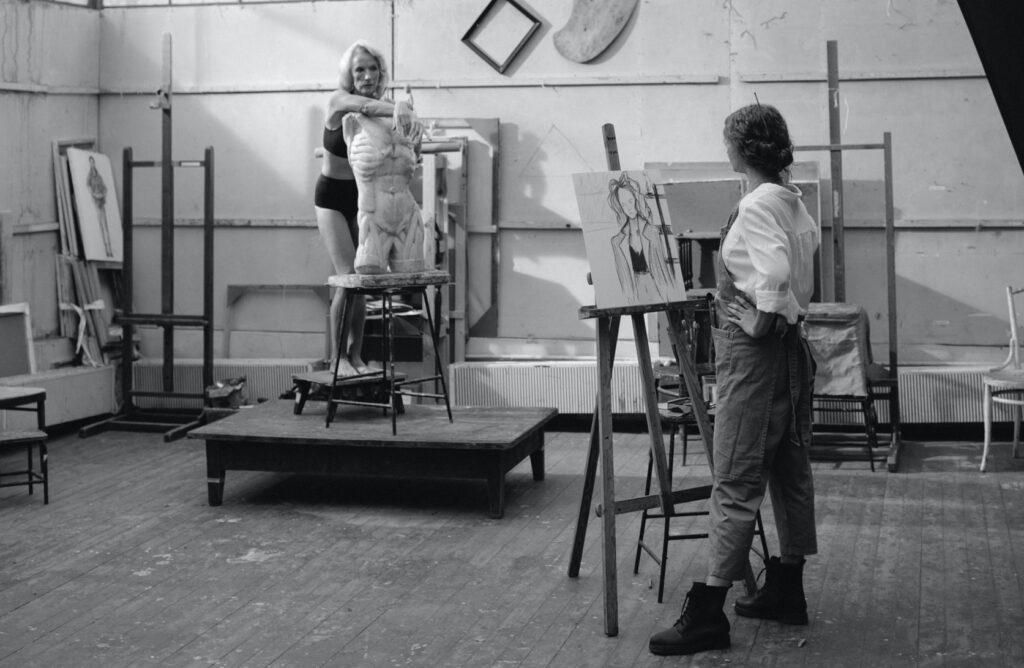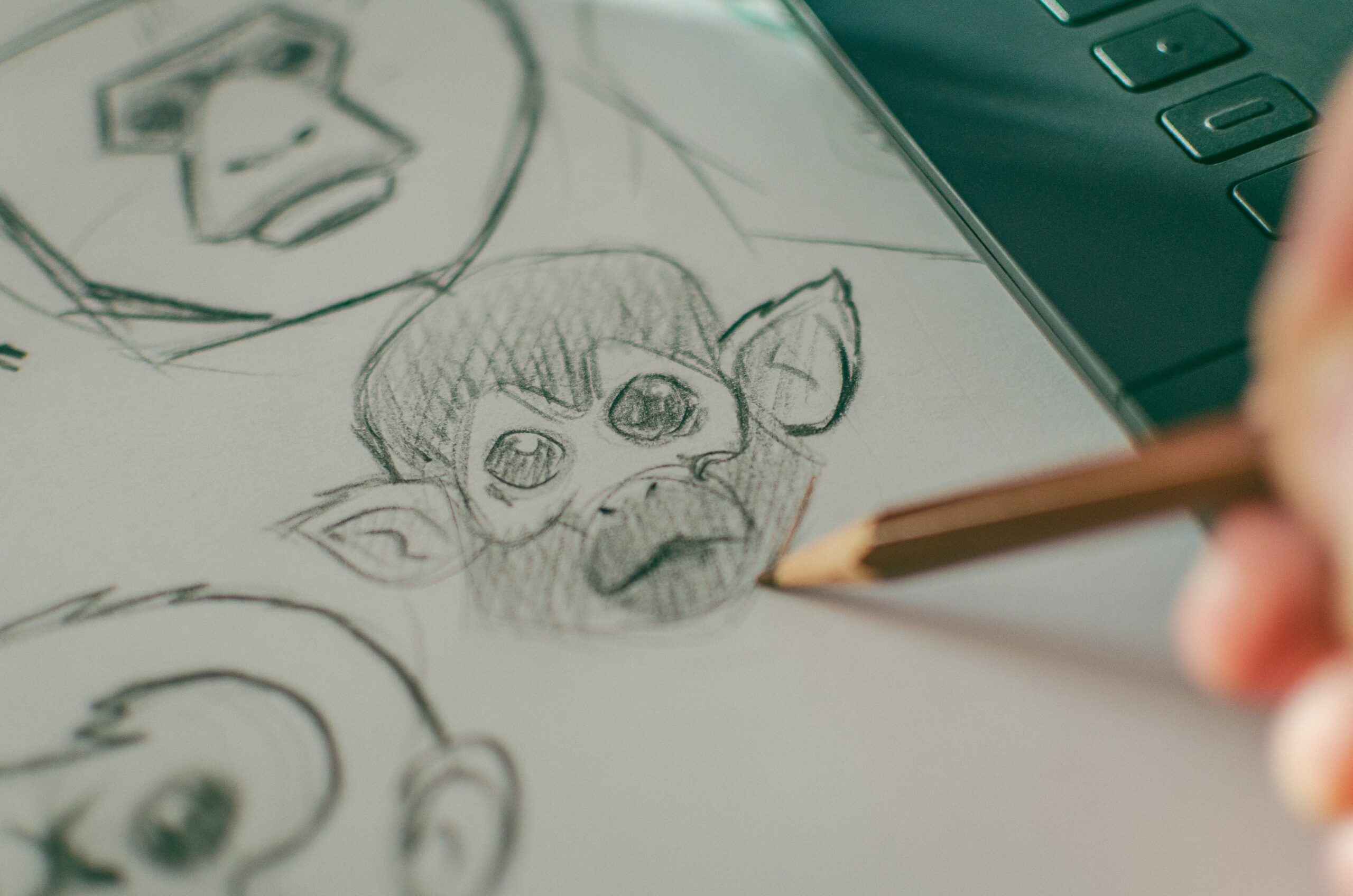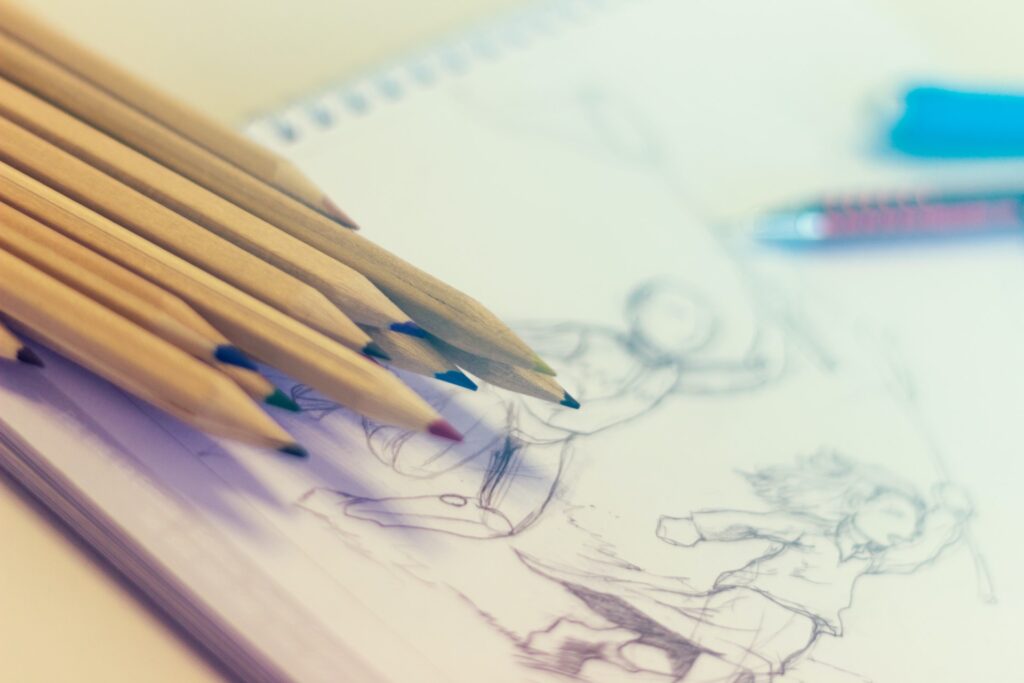How Art Help People Interpreting Their Own Emotions
Through art, it becomes easy to communicate your feelings, beliefs, and perceptions. Art/drawings have been the most popular means of expressing one’s feelings and thoughts throughout human history. It is the simplest and most effective way of communication. But like all there are some Basics of Drawing.
In other words, art is a natural language that represents a biological and expressive invariant. It is also a social language, the result of the technicality and symbolic development of culture. And it is, finally, a universal language, indeed the central communication system between different civilizations.

Table of Contents
Why Does Creativity Require Rules?
Any training requires rules, even art education.
Do you need rules to be creative?
Yes. Any training requires rules, even art education.
Rules and boundaries are essential; they teach you to work concretely. Learning the creative processes is tough, and some rules allow you to divide the task into small pieces that are easy to digest, organized in a structure that lets you orient yourself.
If you know the basic rules of what you are learning, you can use them as guides. They give you the information to get the result you want in whatever you are doing.
In everything you try to learn, art or math, the ground rules are crucial to guide you. But How Art Help People?
Rules Are Not Necessary To Paint, But They Are Required To Learn To Paint!
What Good Are The Rules In Art Education?
Art and creativity are like a boundless territory that is free to explore, covered with beautiful grass.
But the grass can hide brambles, swamps, quicksand, unexpected chasms for those who try to explore without a guide.
You might think of the rules as maps of trails traced by those who preceded us, which allow you to venture out with some confidence. Of course, they are not the only routes to beat, but they let you get an idea of the territory with less risk of misadventures.
There are so many techniques, materials, possibilities, directions, and basics of drawing to take that facing all this without regulations, guidelines, and rules would be very unsettling.
If you start by dividing it into small understandable steps, thanks to clear and concise rules and indications, what may seem like limits can help you understand the fundamental elements of figurative art.
It makes each step of traditional art clear, and soon you will understand the importance of their existence and why you should consider them even if you choose to force them or not respect them. So you can make personal sense of the things around you.

The Rules Teach You How To See
When you start, you don’t know how to see what you are looking at as an artist. But this is how art help people.
If you limit what you can do, you force yourself to consider one aspect at a time in what you see. Thanks to targeted exercises, it becomes easier to make sense of what you see.
Often people don’t know where to begin, as they do not have any strategy. It is why they are not able to tackle the tasks, despite trying hard. They ask question after question. However, when asked to draw what they see, they face several unknown problems. Such as objects, or they confuse themselves with what they are trying to do.
If you want to learn – whether you know it or not – you need rules and boundaries that allow you to acquire by taking steps that you can take. You have to break things down into manageable portions.
Learning with rules and boundaries will give you a solid foundation for exploring yourself as an artist. And when you lift these rules as you progress in your research, these good foundations remain.
An artist should always be aware of how much practice and determination he needs to make an artwork. And as a beginner artist, some valuable tips and tricks can help change the artwork. Here are some essential tips and techniques.

Get Familiar With The Technique – Basics of Drawing
1: Know your pencils
Knowing your pencil is the most crucial step. You should know what kind of pencil you should use. Use “H” for harder lines and “B” for darker lines.
2: The position of your pencil also plays a significant role as the closer you hold your pencil, the more control you have
3: Adding textures/shading can help elevate your artwork. There are a lot of techniques that you can use, like Hatching, Cross Hatching, scribbling, etc.
4: Always use a blending tool or a q-tip to blend. Never use your finger as the oils on the tips may get transferred to the paper and ruin it.
5: Always go from light sketching to darker and detailed; otherwise, the dark graphite could get stuck in your blending tool and mix under in your more delicate area.
6: Another thing you can use instead of a pencil is charcoal powder, or you can crush up some graphite and use it as a base.
7: While making 3D objects, the tone should vary; highlights, mid-tones, shadows should be kept in mind.
8: Vary your line widths.

9: Always keep proportions in mind.
10: Choose what details you should include and which one to leave out. It’s not necessary to have every detail.
11:Carry a sketchbook everywhere you go and draw freehand. Use the tonal paper (not white) with a grey or other tone background. It will let you use charcoal for the shadows and a white pastel to detect the lights. It is useful when you need powerful relief and contrast effects.
12:For achieving good proportions, you should use a grid system. Putting a grid on the reference photo can help make the details more significant.
13: Practice! Consistency is the key! The more you will practice, the more creative ideas will start popping up in your mind.
These are some excellent tips that you can use regardless of your experience. It doesn’t matter if you are a beginner artist or a professional. Following these basics of drawing will help you to define your art in your style. Now that you know the secret, you can start stepping up your art game.

2 thoughts on “Basics of Drawing – Learn How To Draw”
Comments are closed.